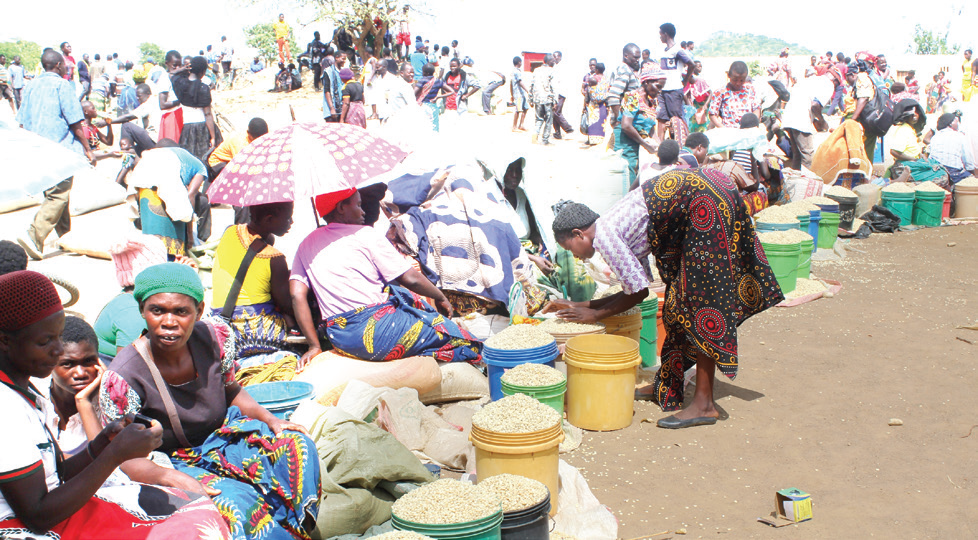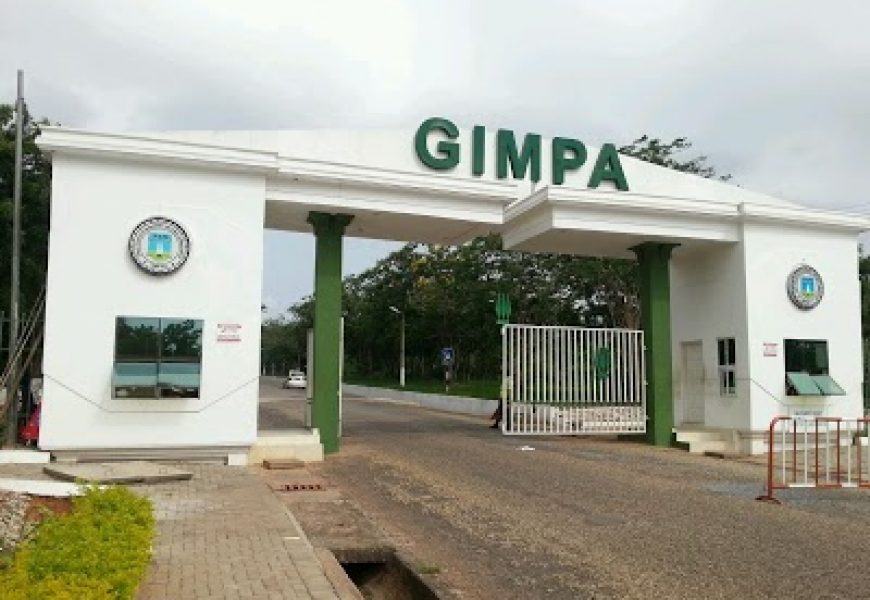Copyright mwnation

The Malawi Confederation of Chambers of Commerce and Industry (MCCCI) says unless significant market interventions are introduced, maize prices in the lean season would be elevated. In its recent business analysis, MCCI argues that without policy interventions, the current price trends could worsen food insecurity and undermine economic stability for both rural households and agribusinesses. Reads the analysis in part: “Policy recommendations to mitigate price volatility include strengthening Admarc’s capacity to stabilise prices through post-harvest buying and selling, winter cropping, supporting farmer productivity through input subsidies and extension services, and improving cross-border trade facilitation. “In addition, investment in early warning systems and market intelligence platforms will help both producers and consumers make informed decisions.” In recent months, Malawi has experienced a sharp increase in maize prices compared to the same period in 2024, with retail prices peaking well above historical trends. According to data compiled by the International Food Policy Research Institute (Ifpri), the national average price of maize rose from K880 per kilogramme (kg) in the last the last week of week of January 2024 to K1 304 per kg in the last week of January 2025, representing a 48 percent year-on-year increase. The price surge was even more February, rising by 123 percent from K771 per kg in 2024 to K1 718 per kg in 2025. Although prices declined in the last week of March and April 2025 following the onset of the harvest season, they remained significantly higher than in 2024. By the last week of May 2025, maize prices stood at K933 per kg compared to K612 per kg in May 2024, a 52 percent increase. “For consumers, the high maize prices significantly eroded purchasing power, particularly affecting the urban poor and rural households that depend on market purchases. On the other hand, producers benefited from higher prices, especially those who were able toharvest early or had surplus stocks. However, input costs, including fertilizer, transport, and storage, remained high, and limiting profit margins for many smallholder farmers,” said MCCCI in the analysis. Meanwhile, maize prices stabilised in the month of September following declining prices in some markets post- September 16 elections that cushioned some price rises recorded in other markets. According to Ifpri September 2025 Maize Market Report, the grain’s national retail price stabilised at K1 361 per kg, marking a reversal of an upward price movement that started in June. Speaking to the media in Lilongwe on Wednesday after signing the sale agreement to procure 200 000 metric tonnes (MT) of maize from Zambia, inister of Agriculture, Irrigation and Water Development Roza Fatchi Mbilizi said the import will enable government to sell the maize at less than K50 000 per 50 kilogramme (kg) bag locally. “So, we are saying, as government, we will make sure that Malawians buy this maize at a very affordable price,” said Mbilizi. Maize as part of the food component, accounts for about 53.7 percent in the consumer price index, an aggregate basket for computing inflation. This means that any movement in the price of maize either way has a bearing on the cost of food.



